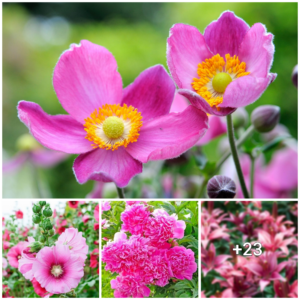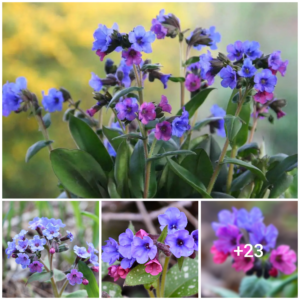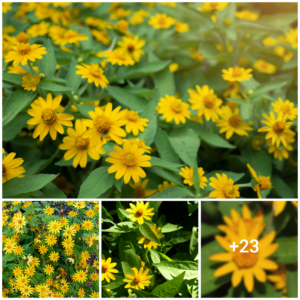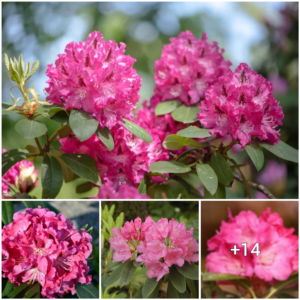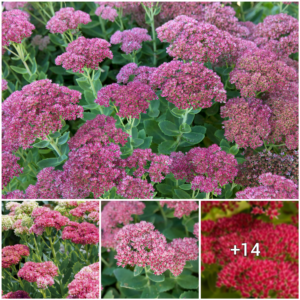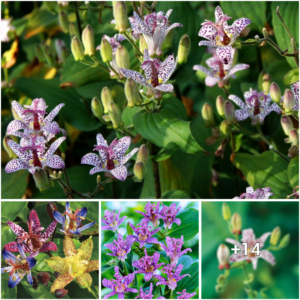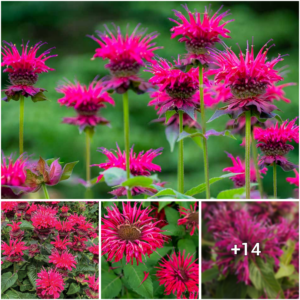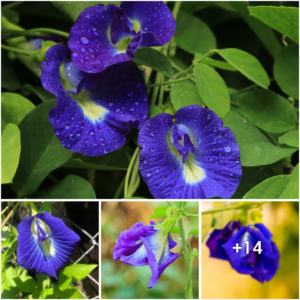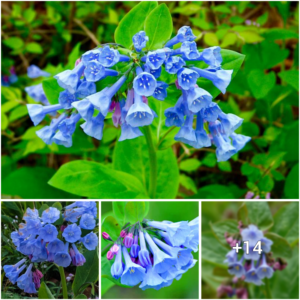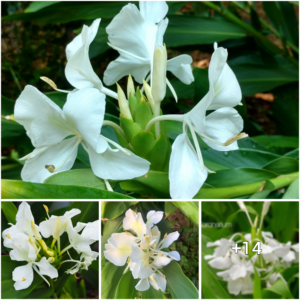Adding pink perennial flowers to your garden or landscape is an excellent way to elevate its beauty with a pop of vibrant color. Pink, with its calming and feminine associations, has long been associated with love and kindness. It’s the color of romance, and seeing dots of pink bloom in your garden can bring you […]
The Pulmanaria genus is composed of around 18 types of plants that are either evergreen or herbaceous perennials. Most of these species are indigenous to Europe and Western Asia, and three of them are commonly grown in gardens. Pulmonaria saccharata, P. angustifolia, and P. longifolia are frequently used in gardening, and they serve as genetic
Melampodium is a genus of annual species commonly known as melapodium, originating from Central America, South America, and southern North America. The popular butter daisy and black-foot daisy belong to this genus, with golden petals, darker yellow-orange centers, white petals, and yellow centers respectively. These true annuals are known for their constant display of sunflower-like
Rhododendron is a diverse genus of plants, with over 1,000 species and more than 25,000 cultivars and hybrids. They are native to many areas of the world, including North America and Asia, where the majority of wild species can be found. Rhododendrons are categorized into subgenera, sections, and subsections based on their features, including size,
Sedum, also known as stonecrop, is a diverse genus of flowering plants found on almost every continent. With varying heights, colors, and forms, sedums are hardy, drought-tolerant succulents with thick, fleshy leaves in different shades. These plants produce tiny, star-shaped flowers that bloom late in growing seasons. Generally, there are two categories of sedum: low-growing
Toad lilies are a unique and beautiful addition to any shade garden. These lilies have six-petaled flowers that range from white to light purple and are dotted with vibrant purple spots, giving them the appearance of purple-spotted Phalaenopsis orchids. The stems of the plant are tall and arching, with leaves arranged in a ladder-like fashion.
Bee balm is a beloved wildflower in North America known for its vibrant blooms and long flowering season. It belongs to the Monarda genus, which has around 15 species, but most of the varieties sold in garden centers are hybrids based on three species: M. didyma, M. fistulosa, and M. puntata. Bee balm grows from
The Clitoria ternatea, commonly known as the butterfly pea plant, is a climbing vine that flowers in the summer. Its flowers are known for producing natural dyes and come in vivid blue, purple, and white colors. The plant also produces edible flat pods with six to ten peas when harvested young. While it can grow
Virginia bluebells, also known as Mertensia virginica, are a beautiful addition to any garden, blooming in shades of blue from March to May depending on your area. These trumpet-shaped flowers attract bees, butterflies, and hummingbirds with their sweet scent, making them a perfect choice for gardeners looking to attract pollinators. Virginia bluebells grow best in
The Ginger Lily is a tropical flowering plant species that produces fragrant blooms in white, yellow, orange, and peach colors. It grows best in moist, well-drained soil with partial sun exposure and is perennial in USDA hardiness zones 8 through 11. Unlike ginger root, this plant is grown for ornamental purposes and can attract pollinators

